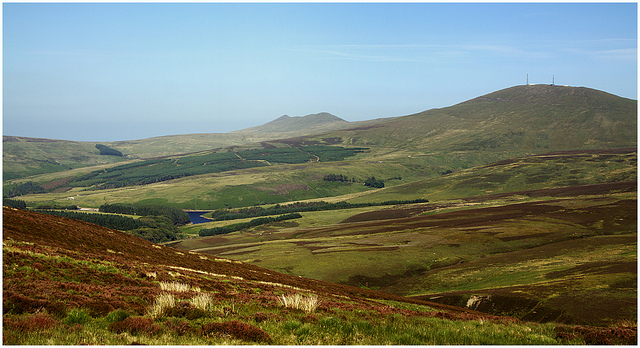Windfarm development not always a panacea for climate change
Recently Transceltic reported on moves to turn, “The Flow Country”, a large area, of peatland and wetland in Caithness and Sutherland in northern Scotland, into a UNESCO World Heritage Site. Peatlands are one of the most important natural ecosystems in the world. Peat bogs are a rich wildlife habitat and home to plants that are unique to that environment. Bogs also store more carbon than any other land-based ecosystem, giving them an important role in the defence against the effects of climate change.
However, as highlighted in the article, peatlands are under continuous threat. The Flow Country was under severe pressure in the 1980s and early 1990s. It was damaged through the planting of non-native conifer forests and the cutting of thousands of miles of drains. However, a conservation campaign mounted by the RSPB was an important factor in preventing further deterioration. Another threat to peatlands can be the building of windfarms. Whilst generating electricity using wind power has the aim to reduce carbon emissions. Building on carbon-rich peatlands can mean draining the soil, which releases large amounts of carbon dioxide.
So whilst windfarm development can be seen by many as a panacea for climate change, it is not always so. Their development can be quite controversial and objections to their visual presence in areas of beauty are widespread. For example recently Dumfries and Galloway Council in the south of Scotland, rejected the 12-turbine Hopsrig project near Langholm, after it concluded that the impact on the setting in the Eskdale valley meant the scheme should not proceed. However, it is not just the visual impact and other environmental reasons that has to be assessed. It is also about assessing their emission-cutting benefits. Blanket bog covers about 20% of Scotland’s land area: some 15% of all the blanket bog in the world. If windfarms are constructed on non-degraded peatlands, the drainage of the peats causes them to start emitting carbon. If the carbon in the peat is lost because of the windfarm, it’s unlikely to mean the windfarm saves emissions over its lifetime.
The development of windfarms and the impact they have on peatlands is, of course, not just an issue for Scotland, but also the other Celtic lands, such as on the Manx Uplands, parts of Cornwall, Irish Peatlands, and important peatland areas in Wales and Brittany.








